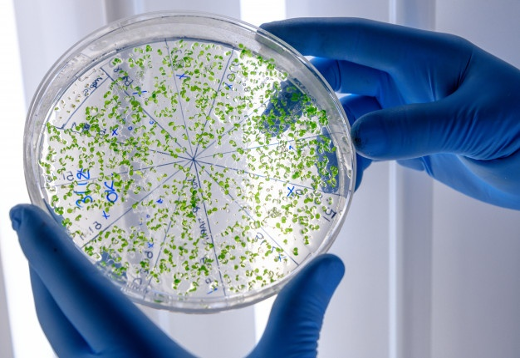

ANTIMICROBIAL EFFICACY TESTING
Claimed antimicrobial products such as sanitizers, diapers, etc. may need efficacy studies for determining the antimicrobial resistance and shelf life of the product. We also do efficacy studies for various extracts/products to determine whether the extract or product is potent to antimicrobial nature.
BIOBURDEN TESTING
Bioburden testing is the total viable count to measure the microbial contaminants in the given product. The microbial population can enter the product via raw materials used, the workforce, or the environment so it is advisable to go for bioburden testing in batches or regularly.
BIOLOGICAL INDICATORS
The microbial indicators in the form of strips are used to determine the sterilization methods e.g. Geobacillus stearothermophilus for Steam and Bacillus atrophaeus spores for Ethylene dioxide.
DISINFECTANT VALIDATION
Good Manufacturing Practices (cGMP) compliant process requires that the disinfectants used are effective and demonstrate the required efficacy within their specific controlled environments which are commonly followed by biotechnology, pharmaceutical, and research institutions. We provide in vitro efficacy testing, in situ monitoring of the clean room environment, and routine environmental monitoring to ensure the efficacy of the disinfectants used.
ENVIRONMENTAL MONITORING
The EM studies are designed to monitor the control of viable (living microorganisms) and non-viable particles in critical areas. These areas include clean rooms, laminar flow hoods, biological safety hoods, isolators, glove boxes, and molding machines. Some of the other monitoring are described below.
MICROBIAL IDENTIFICATION
We provide microbial identification for biotechnology, pharmaceutical, medical devices, and other industries to avoid large periods of production downtime. The process includes staining, biochemical and 16s RNA analysis studies. We also provide microbial gene analysis services.
MICROBIAL LIMITS TESTING
We offer microbial limits tests to determine whether products comply with an established specification for microbial quality.
STERILITY TESTING
DR Yellapragada Lifesciences provides sterility testing to confirm requirements for sterility of a product following exposure to a sterilization process or aseptic manufacture and to qualify the minimum irradiation dose needed to achieve a specified sterility assurance level.

